Green On Red Gallery is pleased to announce the exhibition of new paintings, A Root that Turns as the Sun Turns, opening next Thursday, October 20, 2016, 5-8.30pm. In this, the artist’s 4th solo show with the gallery, Flood proves his considerable worth as a thinker and as an artist of real ability, capable of weaving new narratives that intrigue and draw the viewer. The bare ground in each of his paintings is, at once, provocative metaphor and stage hosting existential marks, lines, encrustations, erasures and endless non-sequiters in a vast - or is it microscopic ? - universe riddled with phantoms of this painted world caught between figure and abstraction, between memory and projection.
If the palette in this exhibition seems muted and understated it is because it is, notwithstanding the flash of blood-red here or verdant green there. This, it seems, is Flood at his most contemplative and mannerist. Curved and whipping lines, painted excesses, soft edges appear according to their own logic and need but are, at the same time, orchestrated with poise.
A Root That Turns As The Sun Turns is a descriptive quote from Rafaello Magiotti describing Kircher’s Sunflower clock to Galileo who was imprisoned at the time for his scientific research proposing heliocentricism (the belief that the Sun is at the centre of our solar system). The Sunflower clock was believed to be a heliotropic plant, a nightshade whose seeds allegedly followed the motions of the sun when affixed to a cork bobbing in water. Nicolas Claude de Peiresc a patron of Kircher believed that this plant could prove heliocentricism, which Galileo had failed to prove with his theory of the tides in his Dialogue Concerning the Two Chief World Systems. Throughout Kircher’s life and with persistent requests from Peiresc this Sunflower clock was never seen. Along with Kircher’s own beautiful illustrations of it only second hand reports can be found leading a lot of scholars of the time to question his legitimacy. This did not deter his wider world following choosing to believe in his unseen wonders of the world.
The work for A Root That Turns As The Sun Turns is not centred around this ‘root’ but the notions of belief, faith and seeing, that the story entails. These mainly large scale works reflect on how belief in something unseen can change our view of the world. Art is often a self portrait, even if it is at times unintentional. These new paintings mirror a fracturing of the artists own beliefs, a stripping away of a childhood naiveté and a re-navigation of the world around him as the artist reflects on the passing of his Mother. Some works have a feeling of limbo and loss while others are celebratory in rhythm and tone.
In the large scale painting Shadow and Pear, shapes jostle for form, trying to connect to the viewers' world, endeavouring to appear coherent and readable. On the left of the canvas a Pear sits on a golden ledge, it’s shadow marooned on it’s own crimson island to the right. A swooping curved arm loops down from this island, reaching out in a gestural offering. The painting has a narrative of play and balance between the shapes and tones, everything hinging on the blue piercing object in the centre.
Parting, a large grey slab-like painting, is one of the most visceral of the show. Paint is applied like lumps of flesh preened straight from the body. These chunks hover and float around each other lost in memory of what they were. The shadows cast on the left of the canvas suggest a solidity to the form, hinting at its previous life.
Seemingly unrelated sparse lines and translucent shapes make up the painting Family. They reflect and rhythmically mimic each other. Slowly these outlines reveal figures turning and shifting, enveloping each other. The painting Staregazes out of the canvas at the viewer, peering deep into them. Looking for what lies underneath, below the skin, questioningly reflecting its fleshy appearance back at the audience.
These paintings are about our relationships, not only to the world, but to each other. They endeavour to peel back the layers of the everyday to produce a psychological reflection of an unseen world.
The artist will participate in a formal conversation with friend and art writer James Merrigan on Saturday, November 26 at 1.15pm in the gallery and will host a Listening Party of music that influenced and inspired the work, on Sunday, November 27 at 2pm as part of Dublin Gallery Weekend, 2016.
Back to All Events
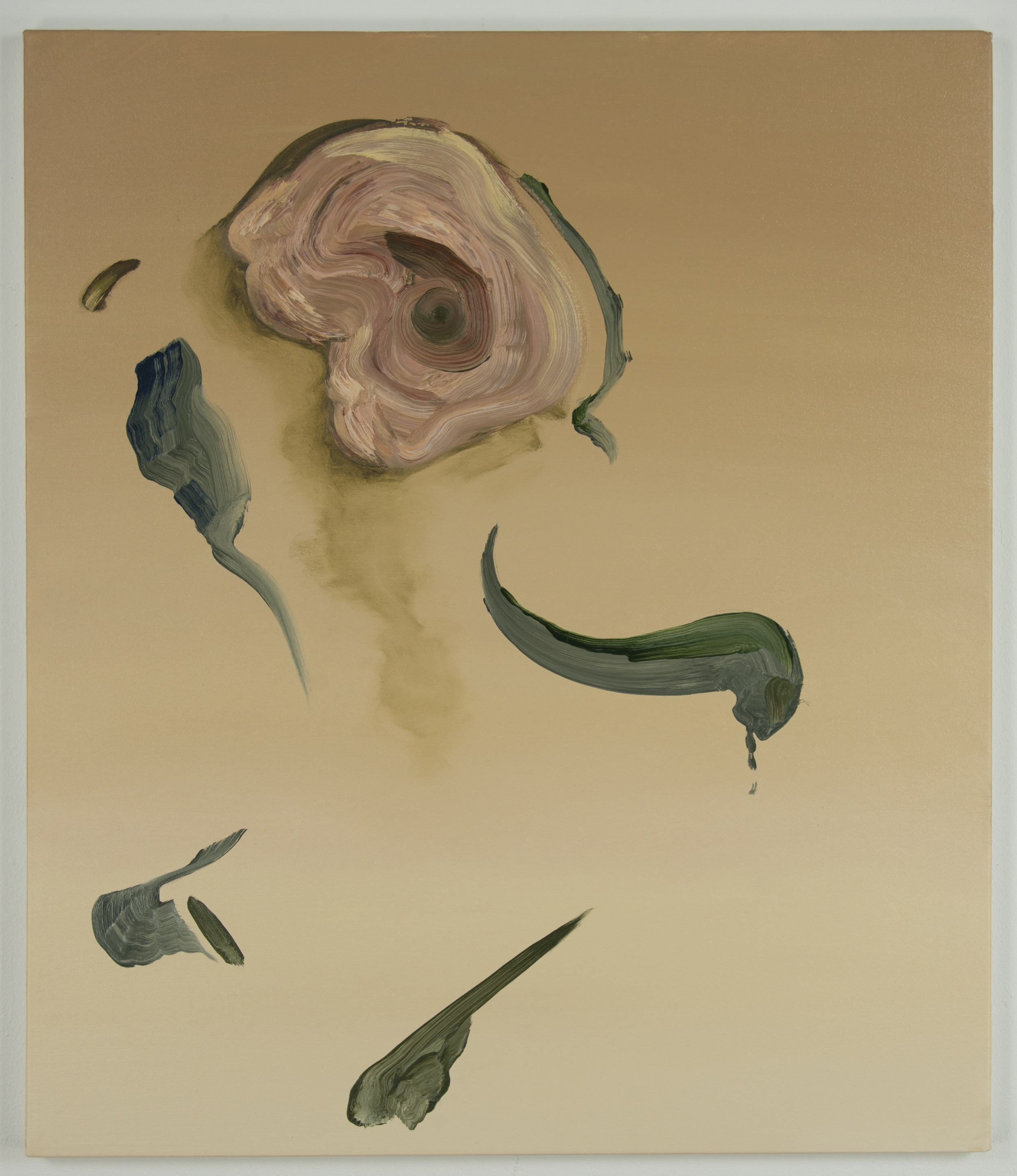
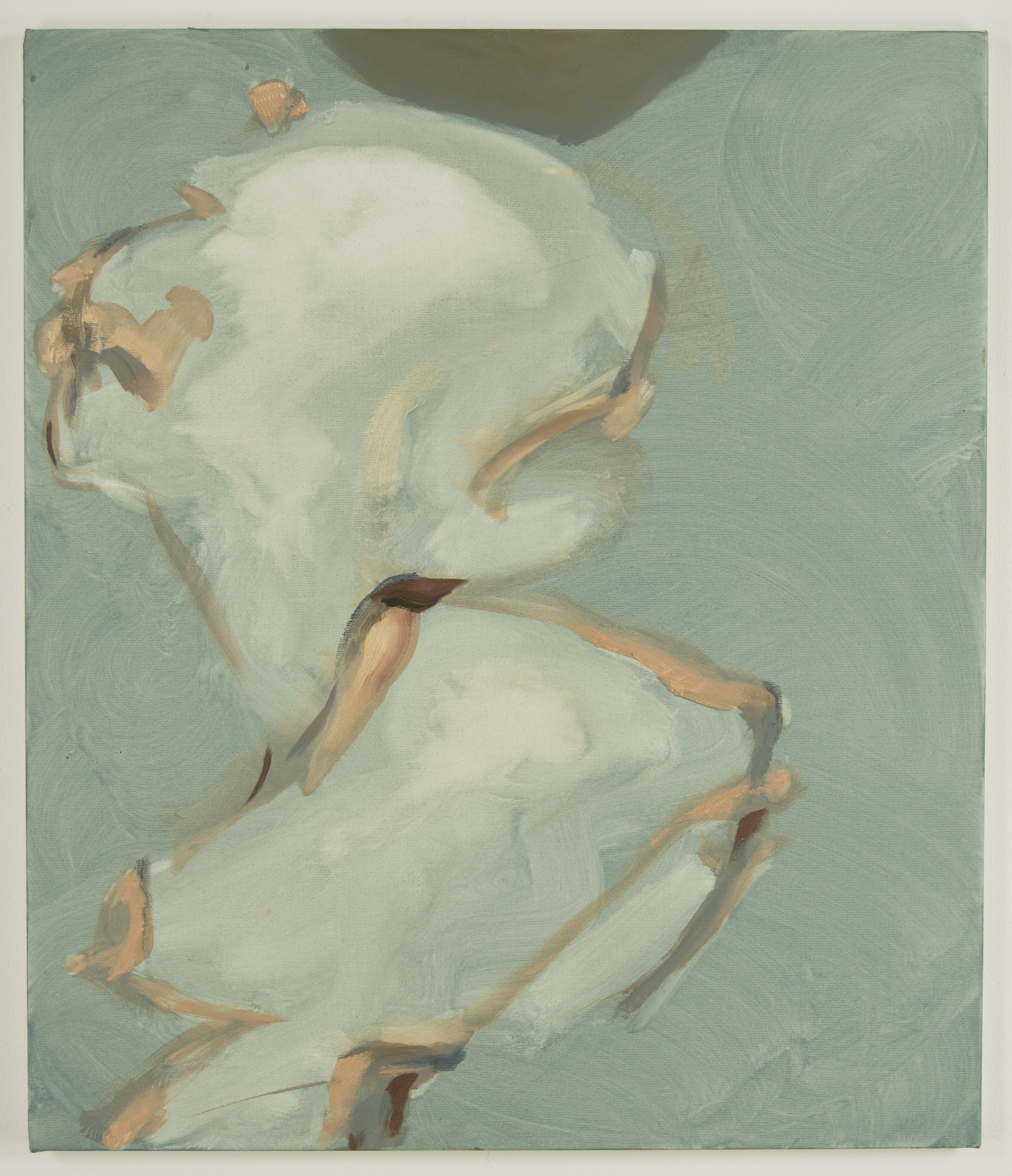

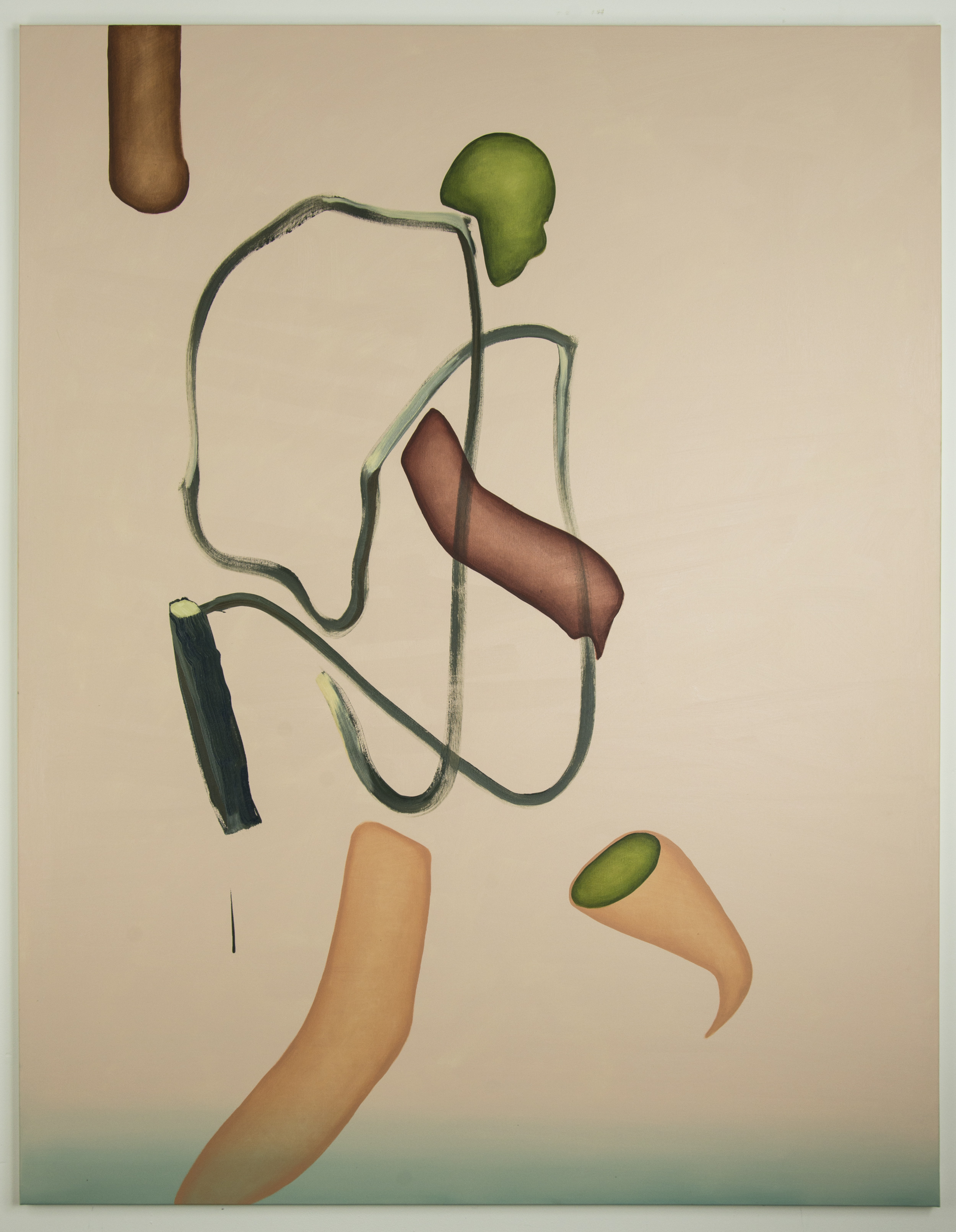


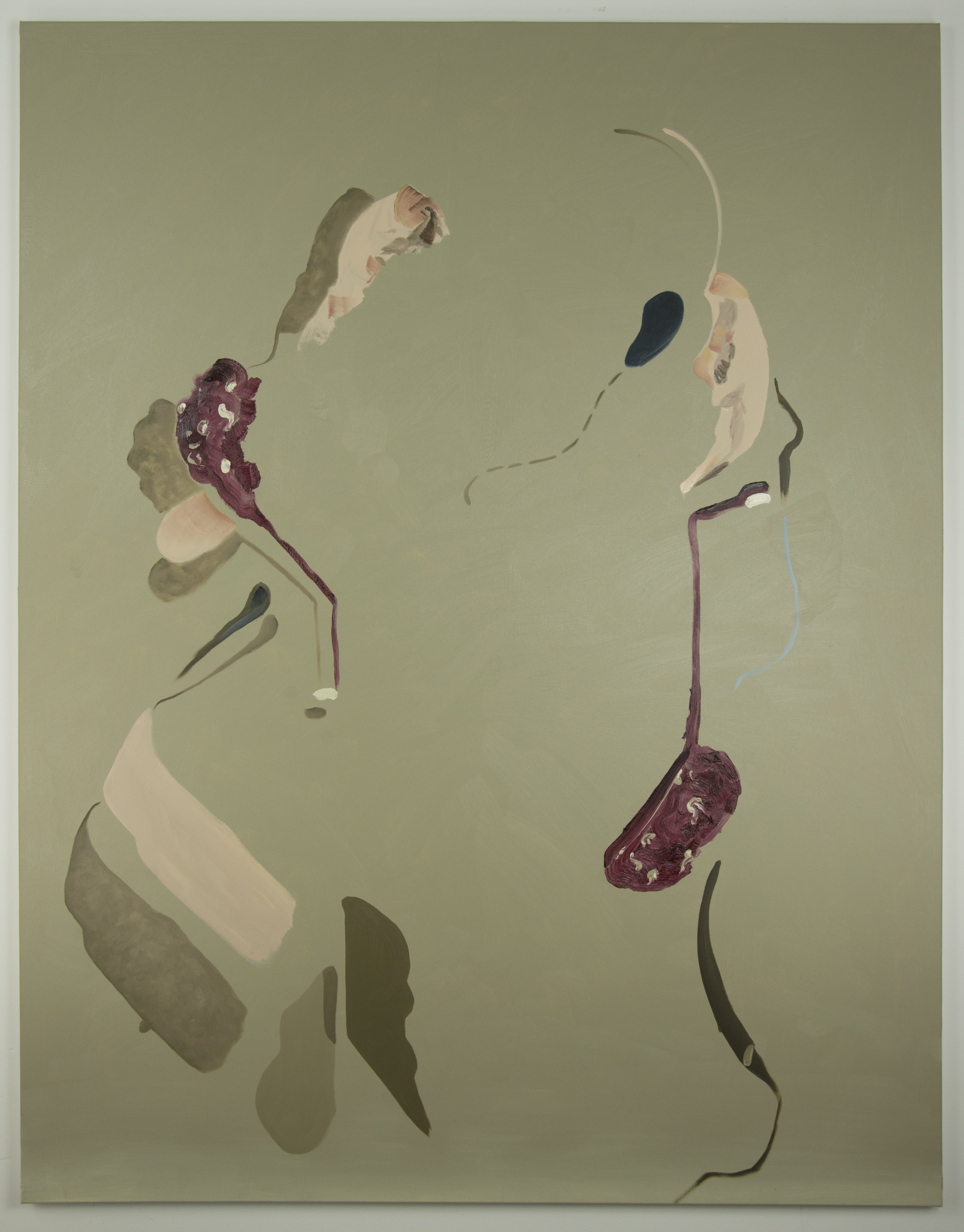
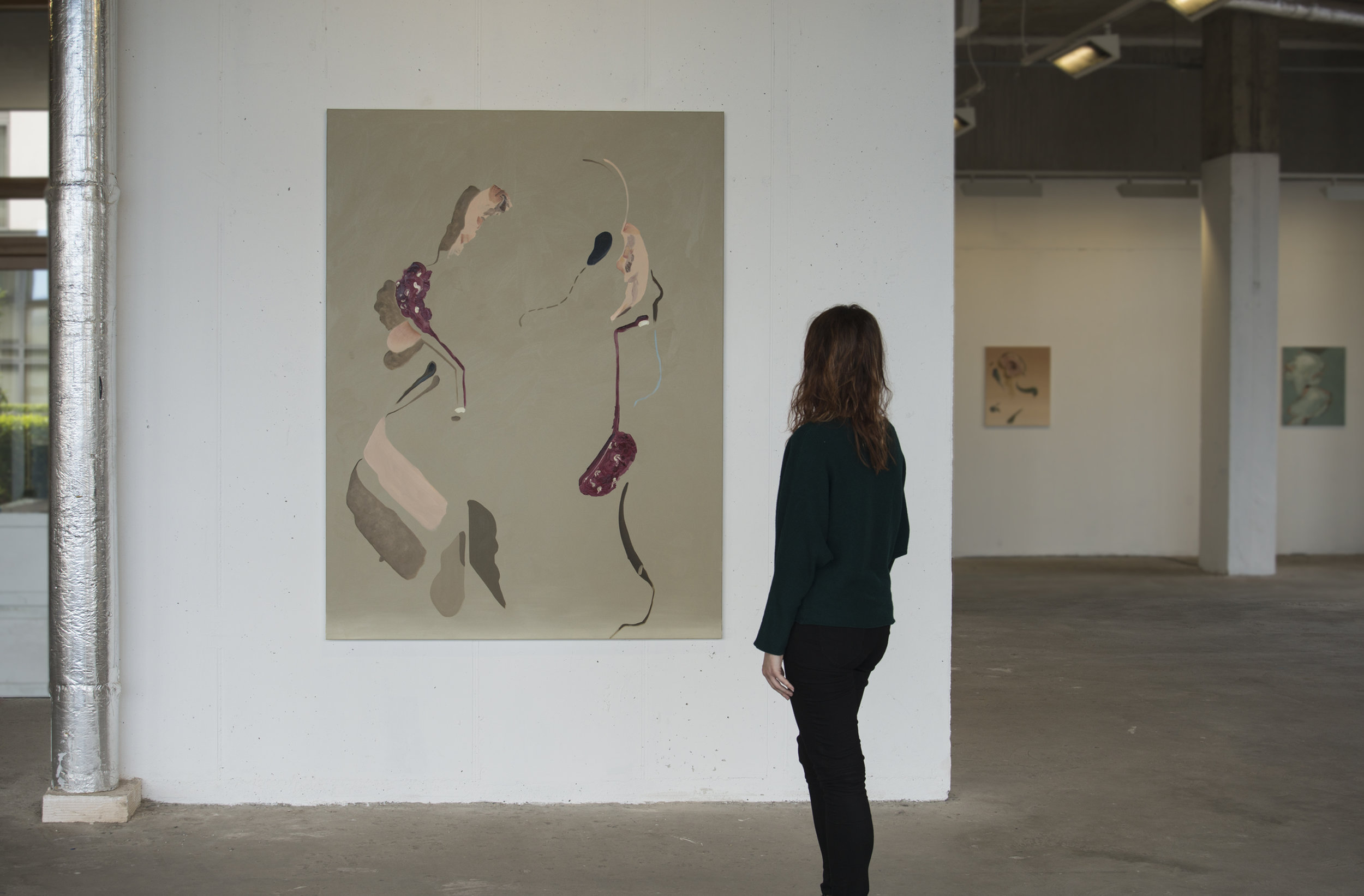
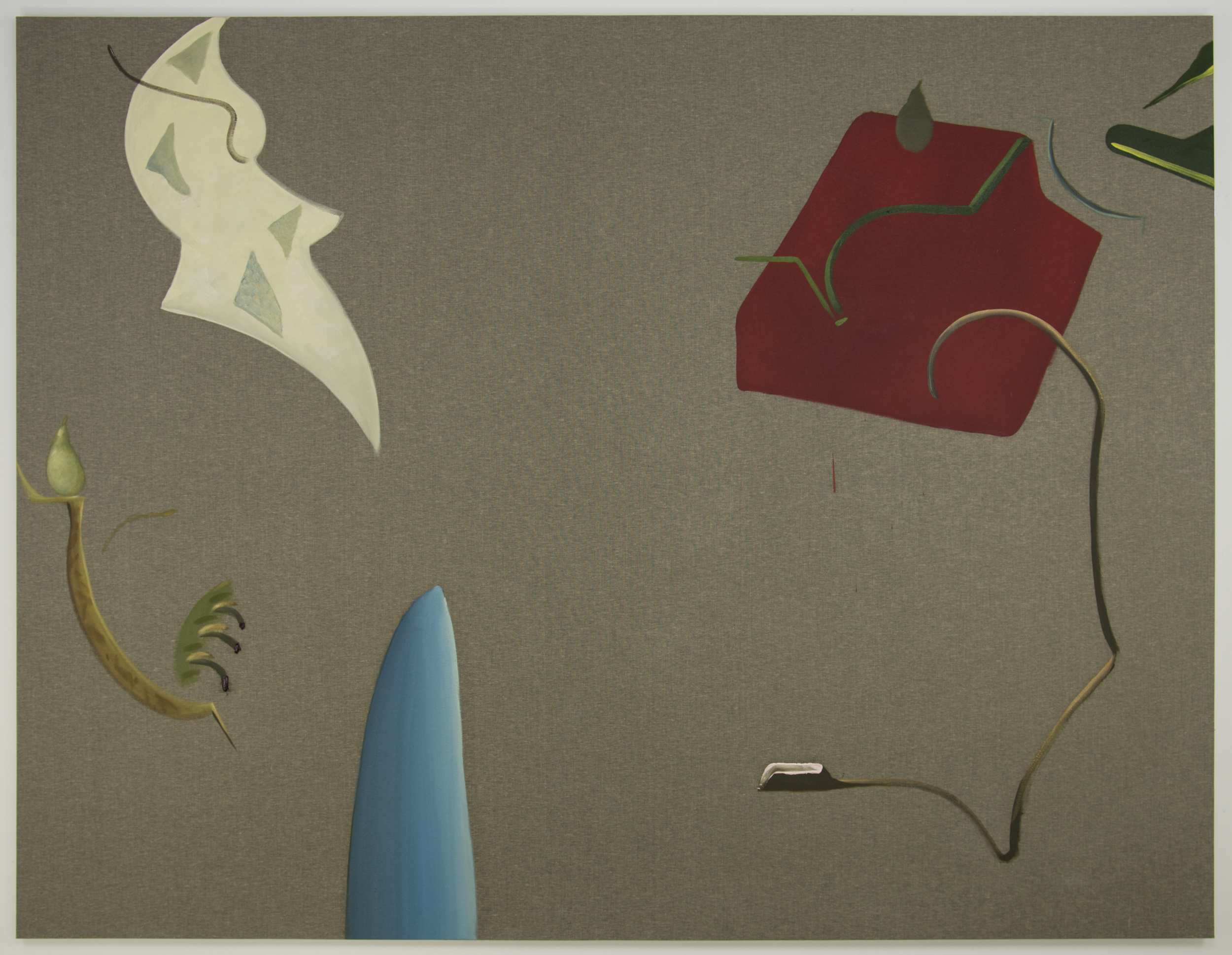
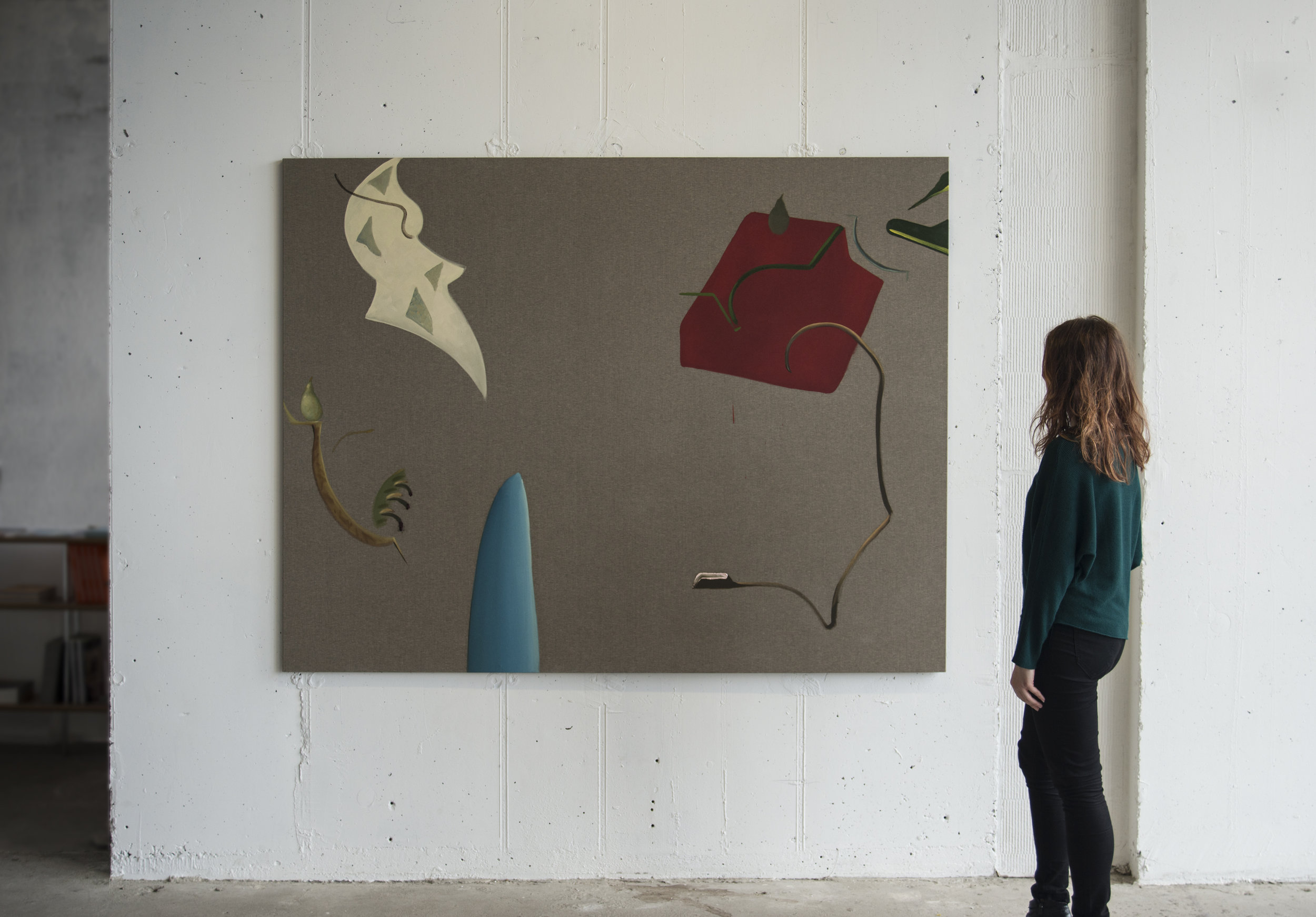
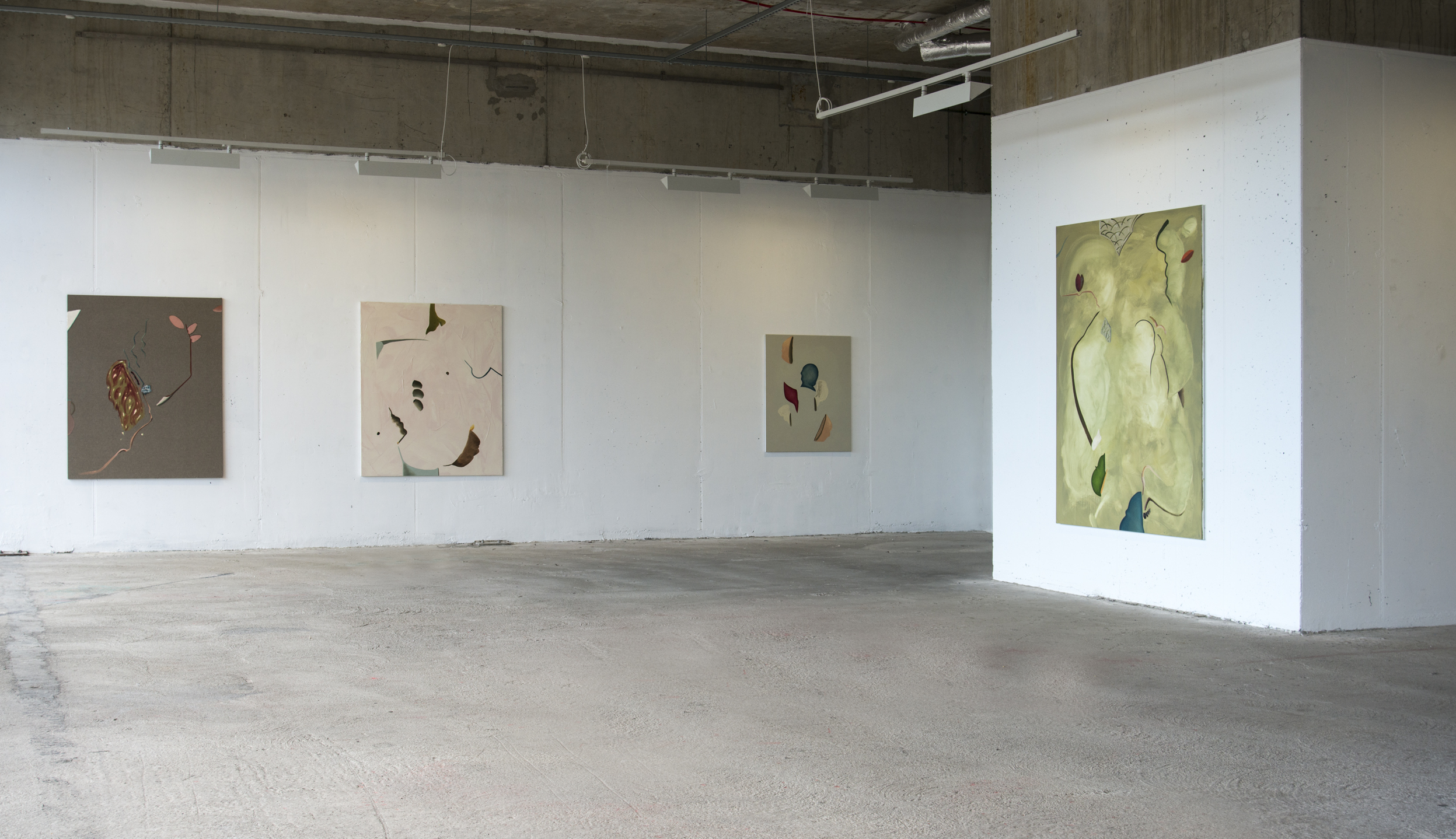

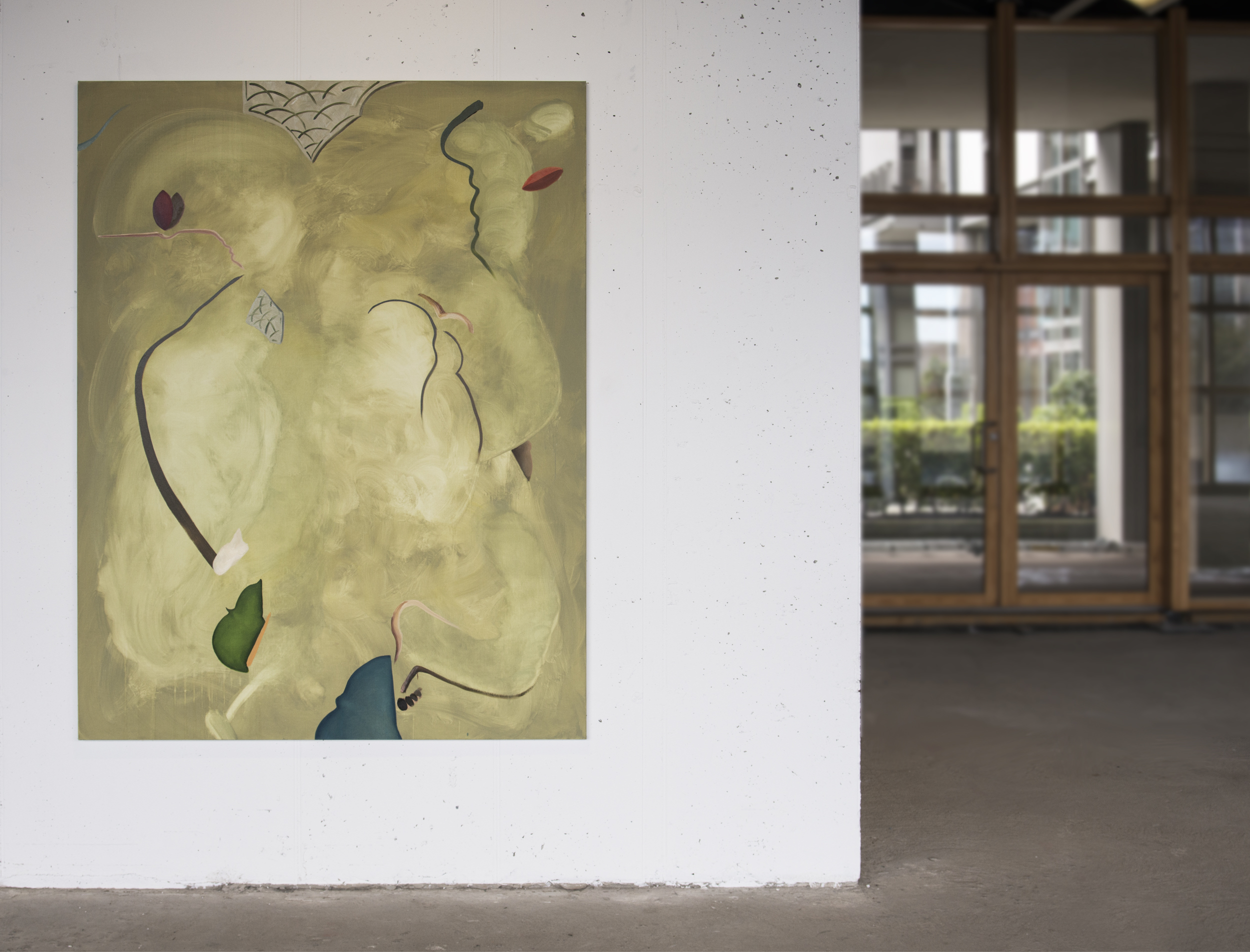
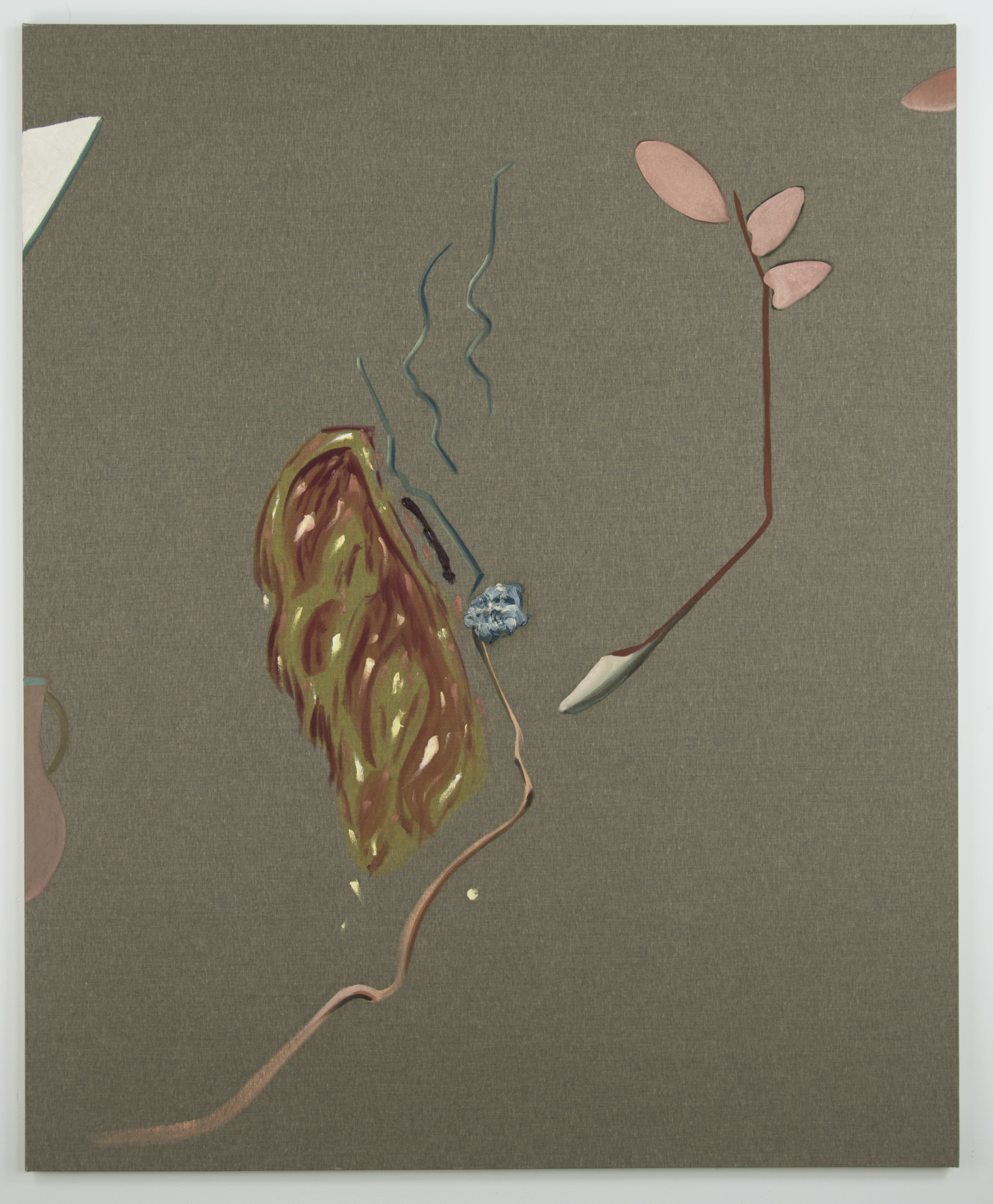
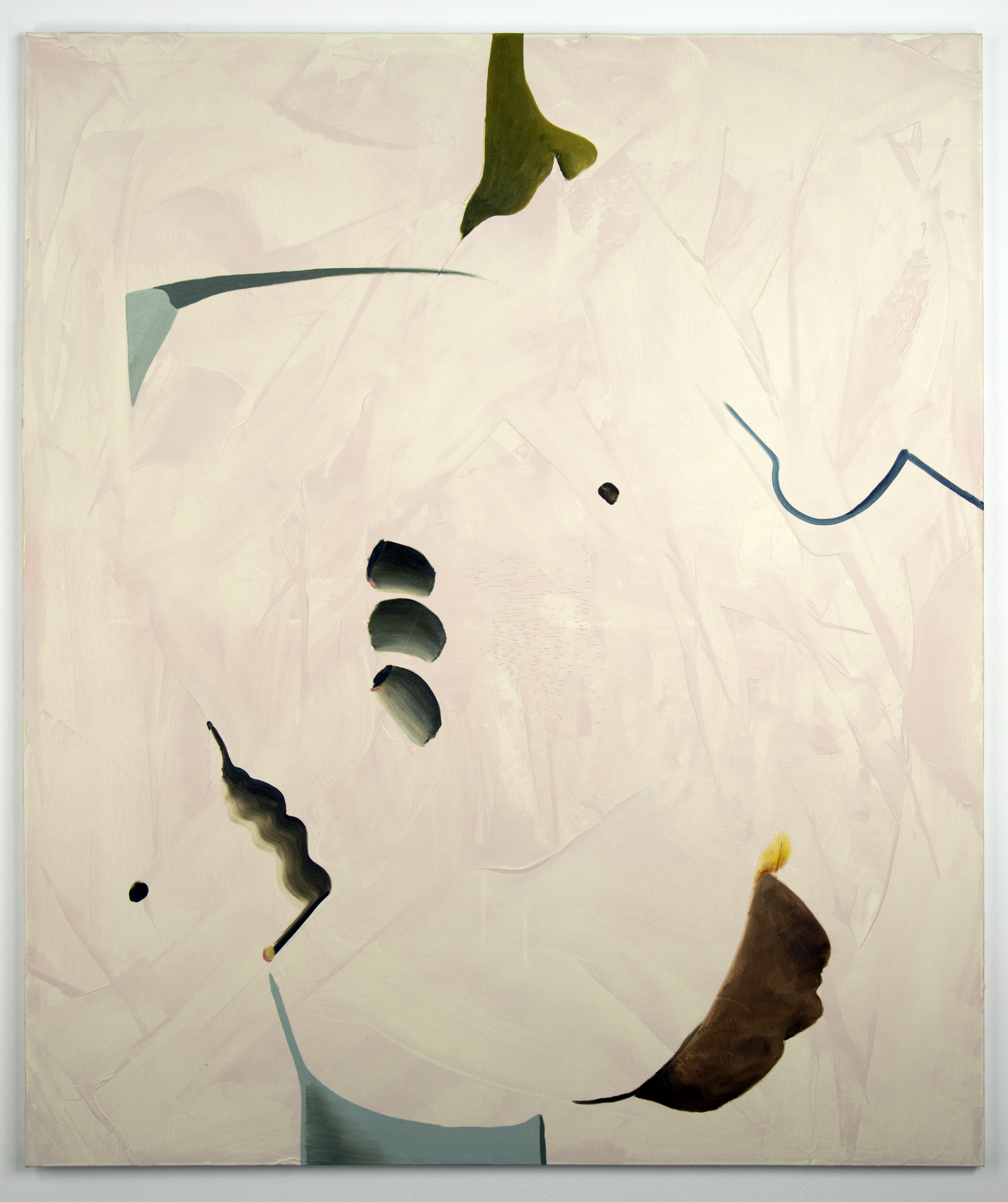
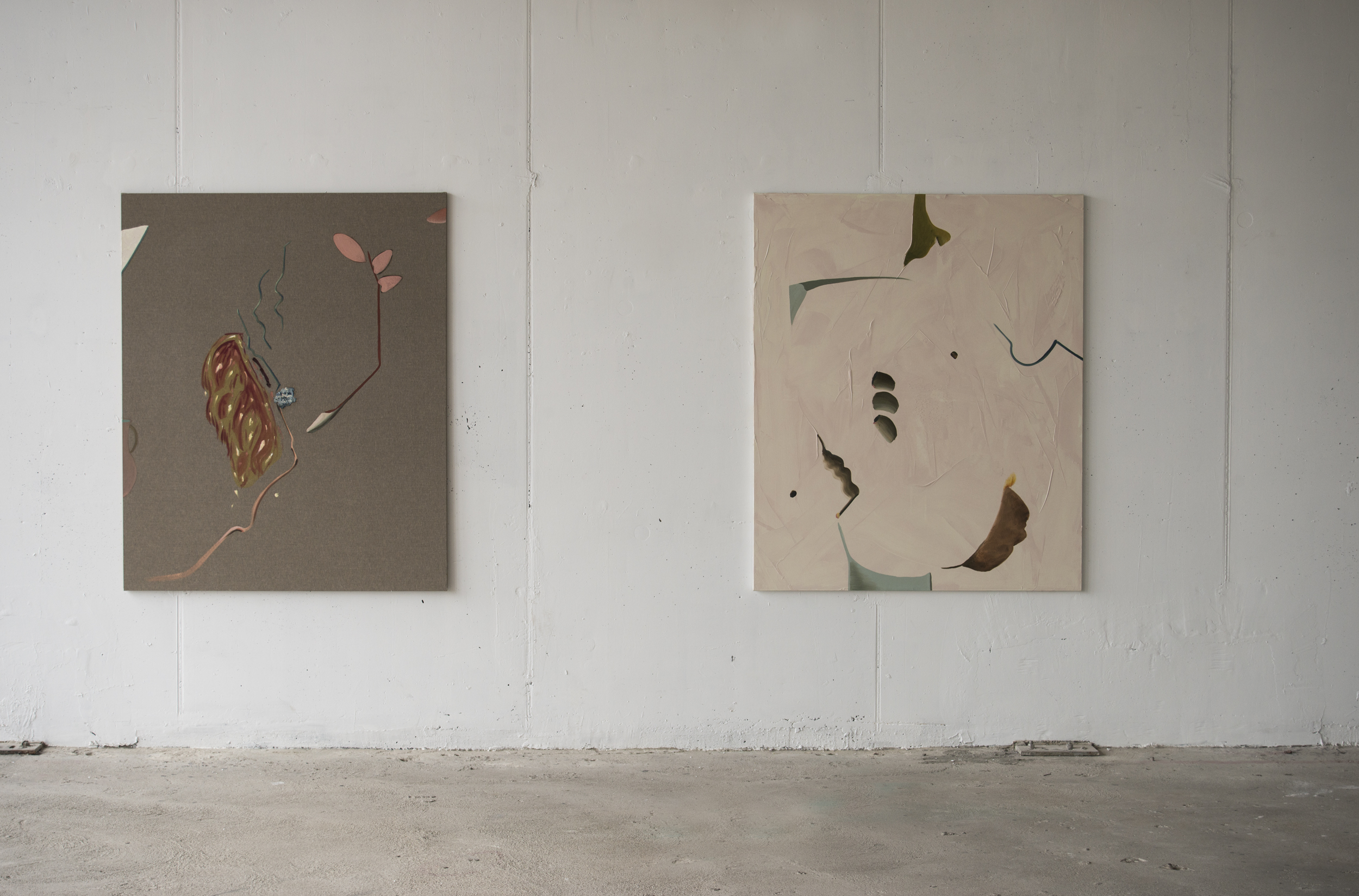
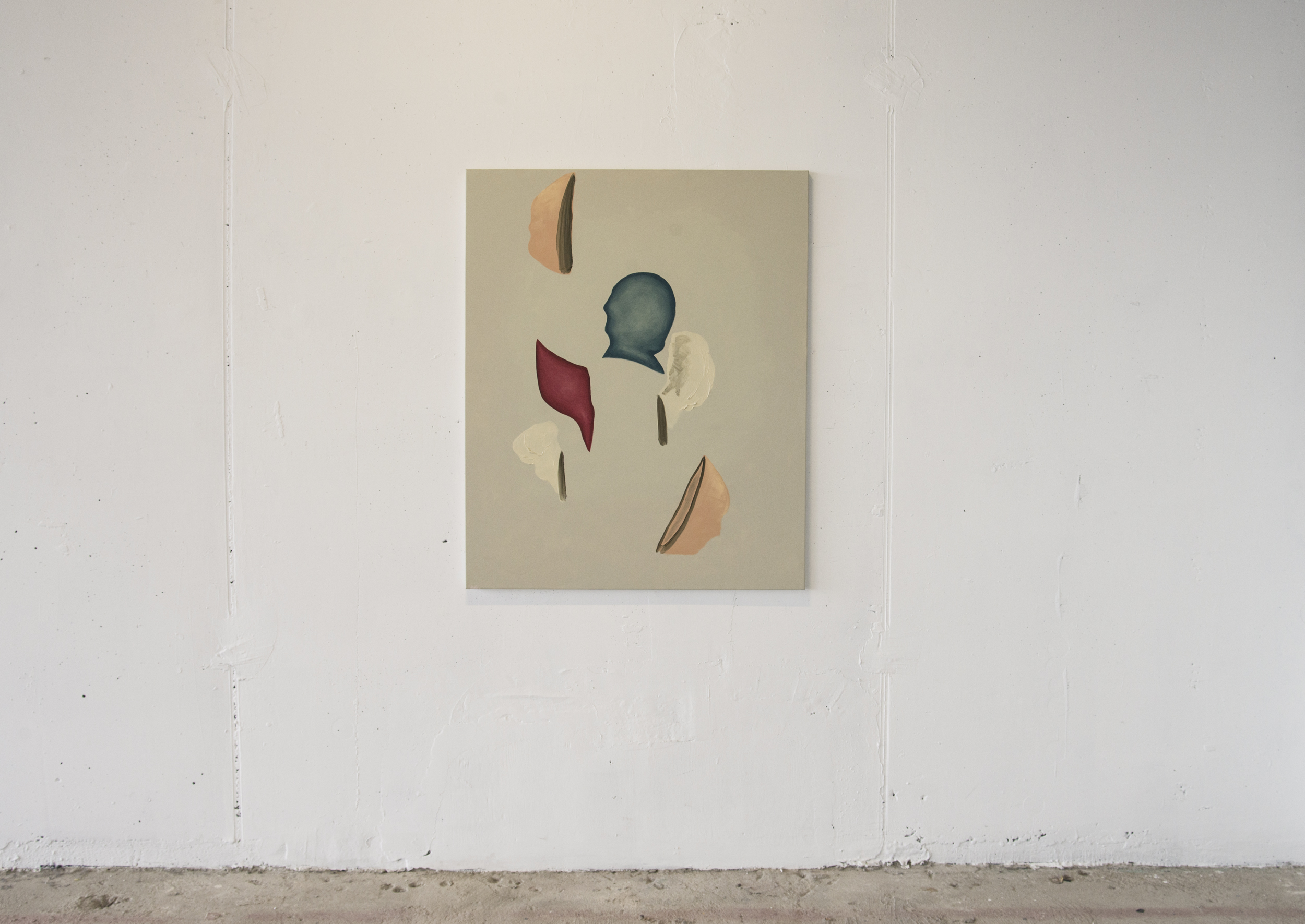
Earlier Event: September 8
Fergus Martin: New Works
Later Event: December 1
Ronan McCrea MATERIAL(s)